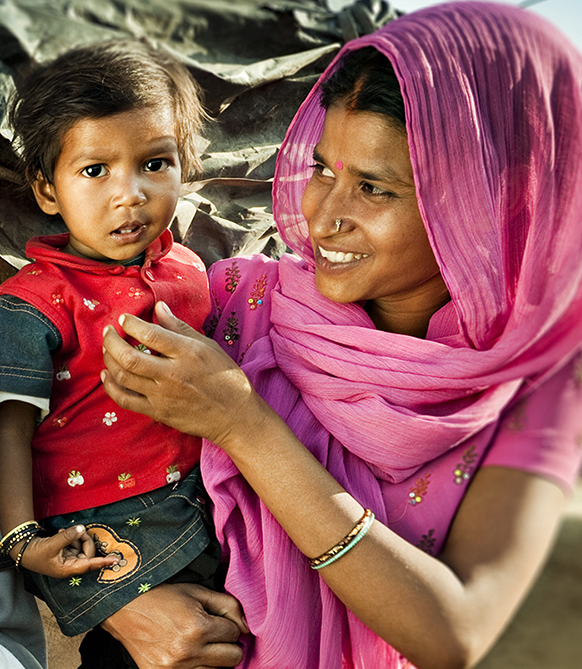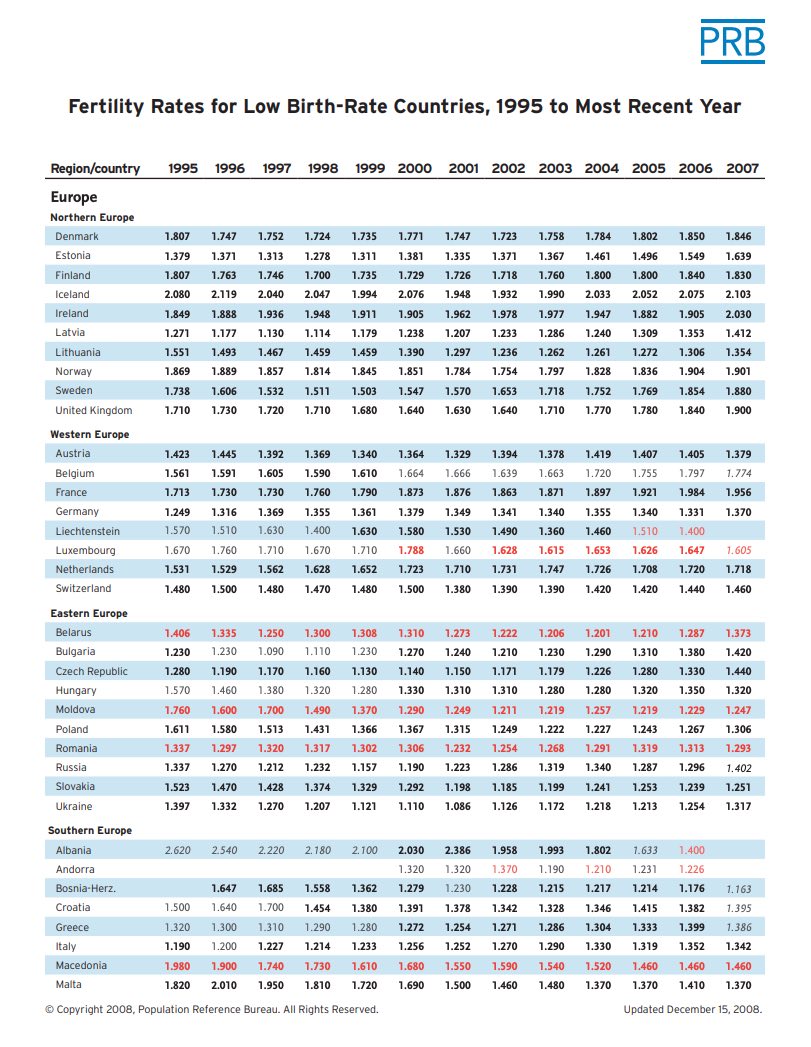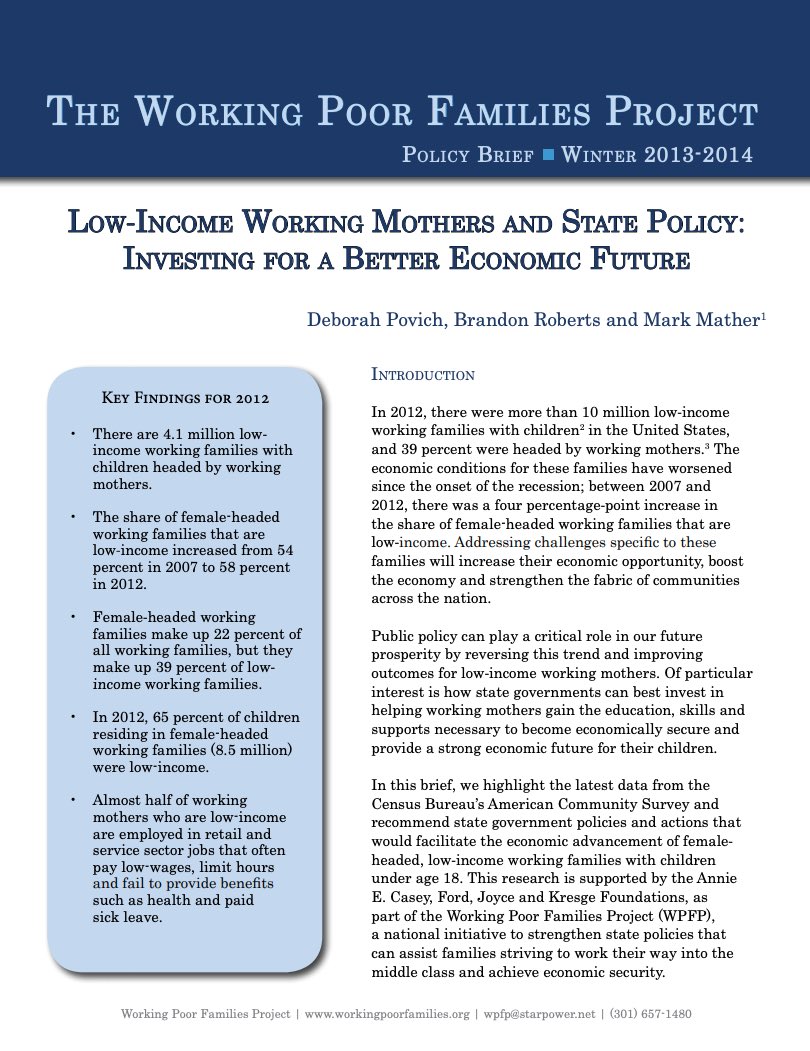PRB Discuss Online: U.S. Economic and Social Trends
(2010) During the current U.S. recession, homeownership and mobility rates have dropped; poverty has increased; and commuting patterns have shifted toward greener, more cost-effective options.
(2010) During the current U.S. recession, homeownership and mobility rates have dropped; poverty has increased; and commuting patterns have shifted toward greener, more cost-effective options.
Many women in developing countries, too poor to pay for the reproductive health services they need, use vouchers to defray the cost of care.

By looking at the intersection of poverty and inequality in local areas—and how this has changed over time—we can produce a more complete picture of U.S. economic health.

Project: PACE: Policy, Advocacy, and Communication Enhanced for Population and Reproductive Health
A country’s age structure is primarily driven by its past fertility trends, which have important economic, social, and political implications.
Project: Center for Public Information on Population Research (CPIPR)
(2013) Urban agriculture is helping poor people cope with food scarcity and hunger. Growing crops or raising livestock in backyards or on undeveloped plots of land improves food sources and offers many urban poor a viable income.
PRB was a partner on Evidence to End FGM/C: Research to Help Girls and Women Thrive, a UKAID-funded research program to end female genital mutilation/cutting (FGM/C) within one generation.


Project: Working Poor Families Project
U.S. working mothers have had a hard time in recent years: Between 2007 and 2012, the share of female-headed working families that are low-income increased from 54 percent to 58 percent, according to a Population Reference Bureau (PRB) analysis of data from the U.S. Census Bureau's American Community Survey.